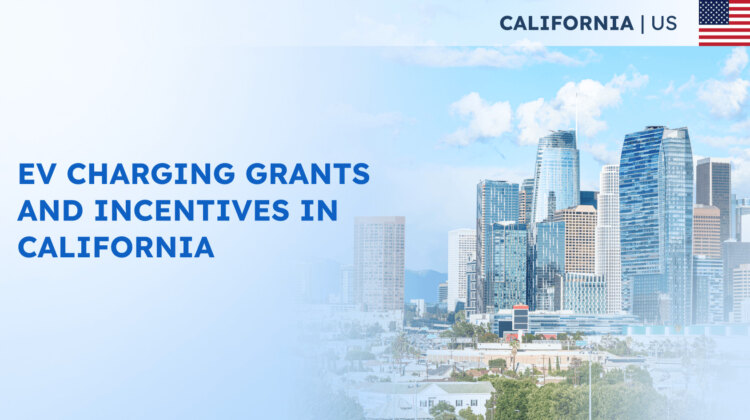California is leading the charge towards a cleaner, greener future, and one initiative that’s been at the forefront is the Light Duty Electric Vehicle Infrastructure Program. This statewide program, which funded electric vehicle (EV) infrastructure, has recently concluded its funding phase, with impressive results.
Program Overview
The Light Duty Electric Vehicle Infrastructure Program played a vital role in accelerating the adoption of electric vehicles by investing $5 million from the Volkswagen Environmental Mitigation Trust fund. This funding aimed to purchase and install new charging stations for battery electric vehicles (EVs) while addressing several critical goals:
- Prioritizing Disadvantaged Communities: At least 50% of the funds were directed towards disadvantaged and low-income communities, ensuring equitable access to clean transportation technology.
- Expanding Statewide Charging Access: The program’s vision extended beyond local boundaries, aiming to close gaps in EV charging coverage across California.
Eligible Applicants
To participate in this groundbreaking initiative, eligible applicants had to meet specific criteria:
- Proven Track Record: Eligible applicants included companies or organizations (public or private) with a demonstrated history of overseeing the procurement, permitting, installation, and maintenance of at least 20 DC Fast Chargers and/or 100 Level 2 chargers at three or more different property locations and for three or more different customers in California since January 1, 2018.
- Compliance: Applicants needed to comply with all applicable Federal, State, and local regulations throughout the contract term.
- Financial Capacity: Applicants were required to have the financial capability to cover all upfront project costs. Trust funds were disbursed on a reimbursement basis only after project completion.
- No Religious Institutions: Religious institutions were not eligible to apply, and trust funds couldn’t be used to install equipment on their property.
- Exclusions: Electrify America and any defendants of the Consent Decree (Volkswagen AG and its subsidiaries) were not eligible to apply.
Project Beneficiaries
Project Beneficiaries were a crucial component of this initiative, representing businesses, non-profits, or public agencies that either owned the property where proposed chargers would be installed or provided evidence, such as a long-term lease agreement, from the property owner, allowing selected Contractors to install and operate chargers.
Key requirements for Project Beneficiaries:
- Signing an agreement with the Contractor agreeing to all program requirements.
- Granting reasonable access to the property for installation, operation, maintenance, and usage data reporting.
- Allowing access during regular business hours.
- Cooperating with inspections by the VW Administrator or its authorized representatives.
- Facilitating performance and fiscal audits of the project by the VW Administrator.
- Compliance with all applicable regulations and agreement to a successor agreement in case of property sale or ownership change.
Application Process
The application process involved several steps, including providing essential documentation such as project lists, letters of commitment, agreements, project budgets, and quotes for EV chargers. Pre-application webinars were conducted to assist interested parties. The program timeline included a feedback period, solicitation opening and closing, providing ample time for applicants to prepare and submit their proposals.
The Light Duty Electric Vehicle Infrastructure Program stands as a testament to California’s commitment to cleaner air, reduced greenhouse gas emissions, and equitable access to sustainable transportation. While this phase of funding has concluded, the positive impact of the program is undeniable. Stay tuned for more sustainable initiatives driving California towards a greener future.







